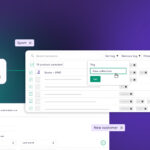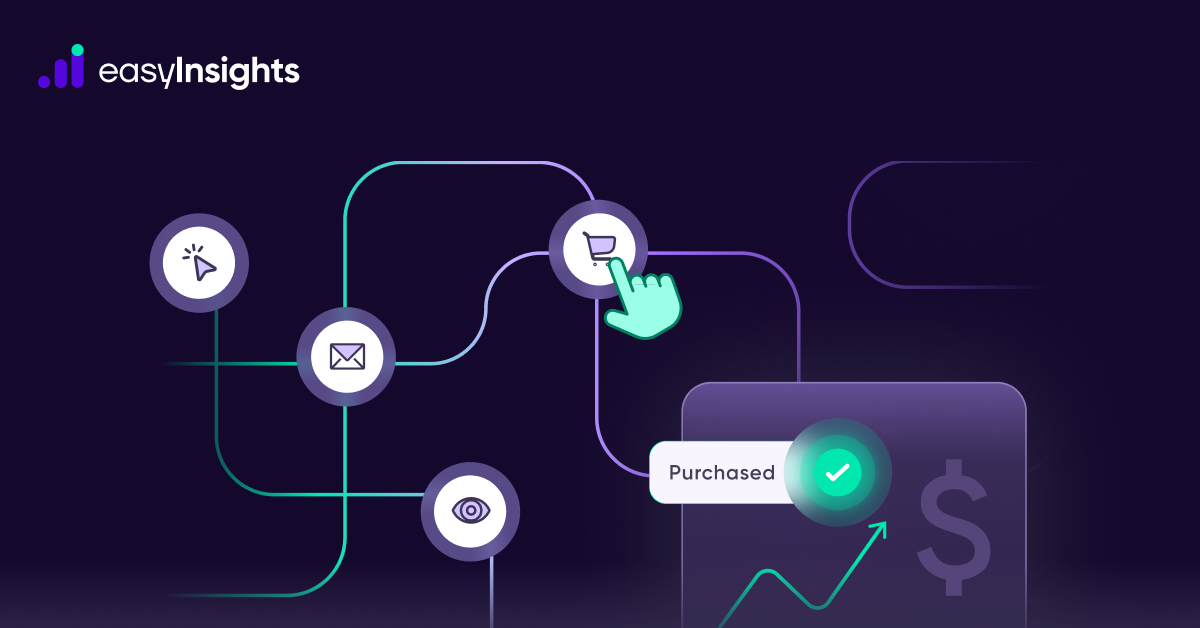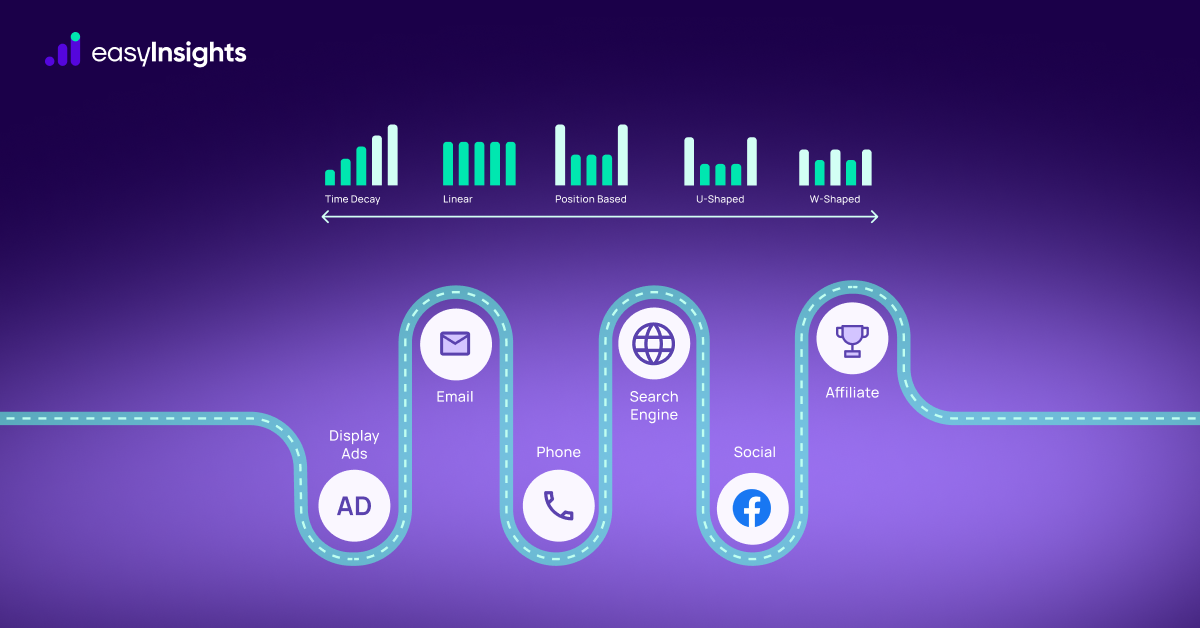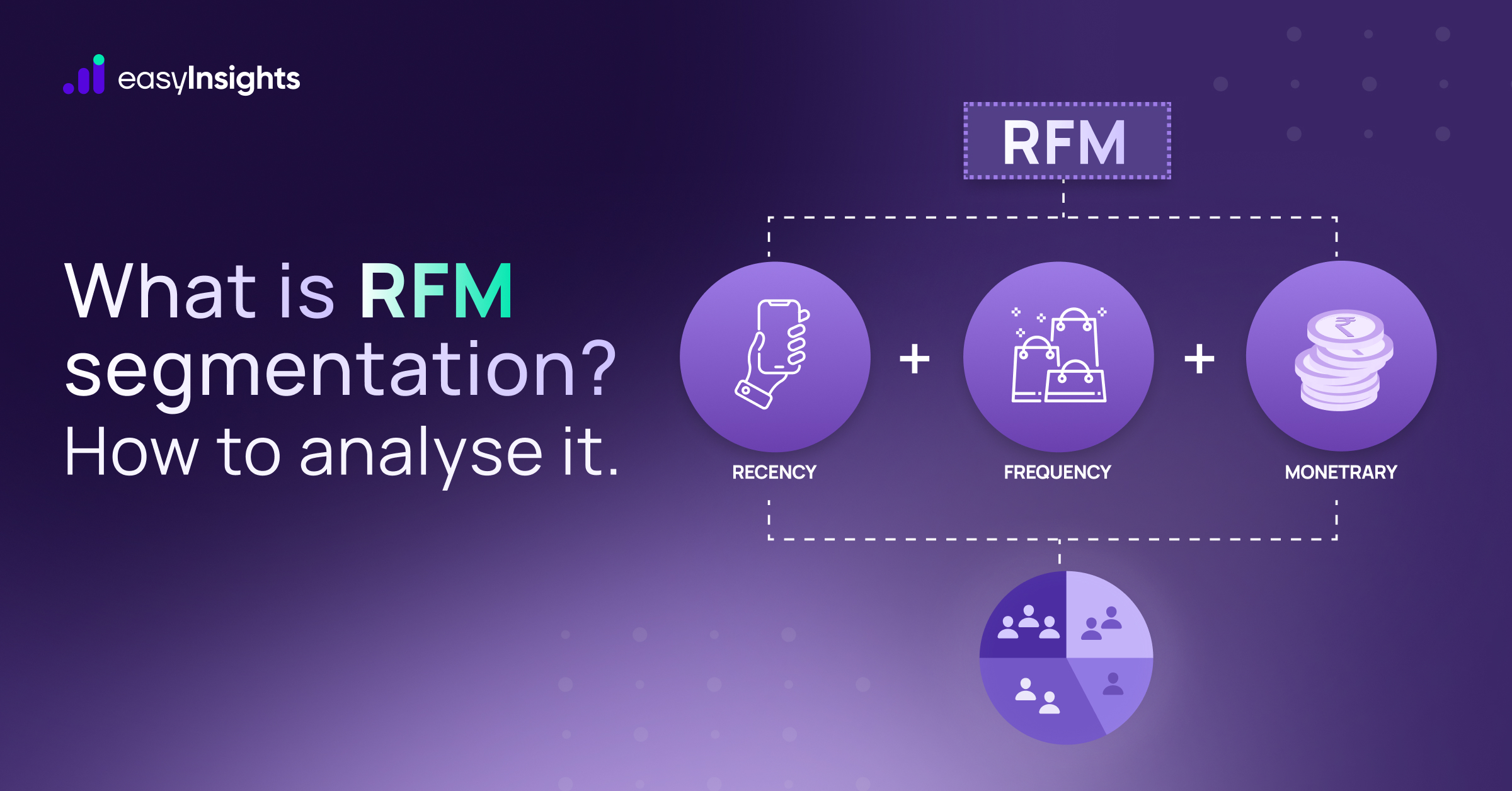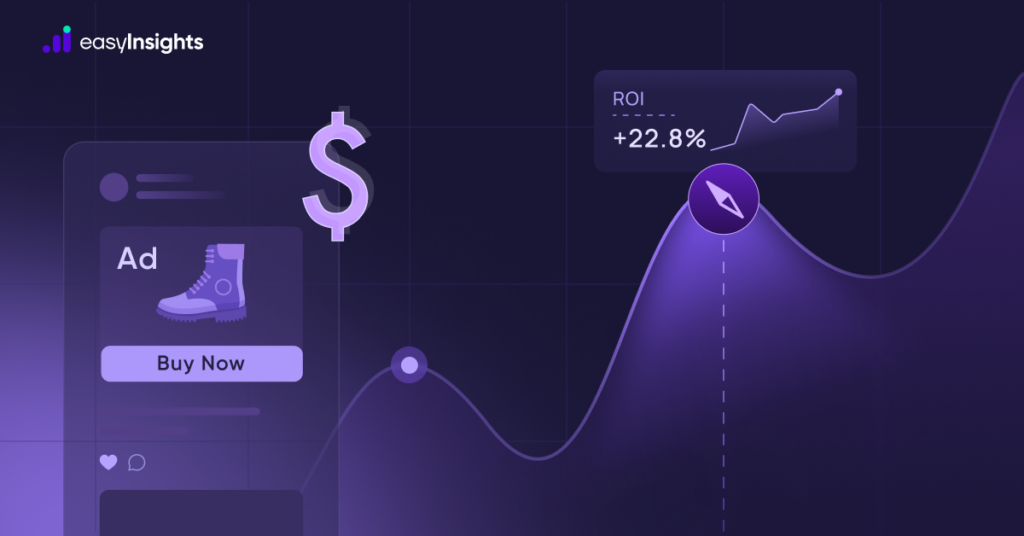
In the foggy, chilling night of marketing, tracking and measuring your Return on Investment (ROI) can be the only guiding light that keeps you going in the right direction. As a performance marketer, you’re well aware of this.
But what might have eluded you is that you might be tracking your ROI but not your true ROI. The difference between the two is accuracy, or more specifically, accurate revenue and accurate cost data. Gaining this reliable, spotless data boils down to sourcing correct, updated, and accurate attribution data.
Here, we walk you through what we mean by true ROI, its importance, the challenges associated with it and how you can overcome these to ensure your ROI north star never falters.
Jump ahead to:
What is App Marketing’s True ROI, and Why Is It Important?
Your Return on Investment (ROI) is arguably your most important Key Performance Indicator (KPI). It informs you of your campaign’s efficiency by comparing your profitability against your investment. In other words, it answers the question: For every dollar you spend, how much do you get back?
It plays a critical role in justifying ad spend, allocating marketing budgets, measuring campaign success and even competitive analysis. However, its integrity depends entirely on your cost and revenue data. If that data is flawed, your ROI is, too.
When your cost and revenue data are accurate, you get your true ROI. True ROI gives you the actual ground reality of your campaign’s performance and is your ultimate companion when planning your marketing initiatives.
Additional read: How to Use Marketing Attribution and Optimize Your ROI
Challenges Associated with Measuring App Marketing ROI
The only way you can ensure the accuracy of your cost and revenue data is by ensuring your attribution data is flawless. Now, this can be tricky. Here’s why:
1. Accuracy of Data
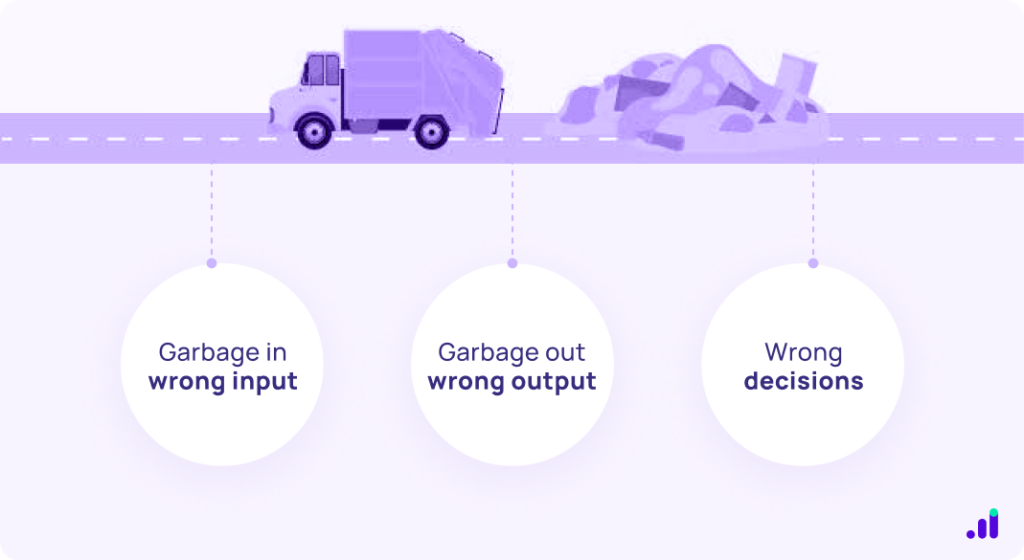
The accuracy of your data depends on the decision input parameters you’re setting. Since your attribution data is the basis for all your top marketing decisions, in case this is flawed, you’re unknowingly making inefficient decisions. The blame for inaccurate attribution data can be pinned on restricted access to user-level data, miss-attribution, or even fraud (fraudulent traffic).
Relying on this inaccurate data can lead to wrong decisions and steadily bleed your marketing budget by allocating funds to areas that aren’t performing well. Further data accuracy also requires trust. To ensure this, attribution providers must sell solely to advertisers, keeping the latter’s interests in mind, and data should not be leveraged to build personas or be monetized.
2. Security and Privacy
Data security and privacy is a growing concern. The global average cost of data breach in 2024 was $4.88 million, a 10% increase over the past year and the highest ever. One issue that arises is that businesses often secure their own systems but don’t insist on their third party vendors to do the same, even though the latter has access to the same data.
Since your attribution provider is effectively a CRM-like SaaS platform, it’s important that it maintains the tight data security standards that you abide by.
3. Mobile Attribution Platform
When developing a mobile attribution platform, it’s important to keep the following in mind:
- Infrastructure: You need robust infrastructure that helps you scale efficiently without rupturing your data management framework.
- Integrations: This refers to connecting with analytics platforms, media companies, marketing clouds, etc., while ensuring data transfer is quick, accurate, complete, and efficient.
For instance, if there is a delay in attribution, it can cause a delay in postbacks, which will then delay your campaign optimization from the ad network side.
4. Granularity of Data
Attribution data that is not detailed enough can also lead to inefficient optimization. You need insight into keyword, side ID, geo and ad sets to be able to ensure your campaigns are running efficiently. Without this granular data, you run the risk of misjudging the success of your campaigns and wasting your budget.
Additional read: First Click & Last Non-Direct Attribution Models used in combination, can help you to get better ROI on your Ad Spends
Gaining Reliable Revenue Data for Measuring the True App Marketing ROI
Today’s app ecosystem doesn’t require users to pay to download apps, and so apps generate revenue through:
- Subscriptions
This is one of the most common revenue streams for apps recently and involves the user paying a recurring amount periodically (monthly, annually, or any other) in exchange for access to a service such as streaming Zumba classes, shows, movies, or music or for game perks (battle passes, in-game currency, etc.).
Subscription revenue is predictable, allowing easier testing or monetization strategies. For marketers, connecting accurate attribution data to revenue is key to understanding ROI and optimizing marketing efforts. Inaccurate attribution data leads to revenue mismatches and hampers optimization.
- In-App Purchases (IAP)
Users can purchase tangible goods, such as a pair of jeans and travel tickets, as well as intangible ones, such as game coins, to upgrade their game armor within the app. It’s important to note that pending payments, deferred payments, and refunds don’t occur simultaneously with the IAP event, which can affect revenue goals.
- Ads
IAPs are not common, and so apps often drive revenue by showing ads to those who don’t make IAPs. Ad revenue data comes from ad networks via APIs or SDKs, but only mediations offer real-time, impression-level data. Accurate attribution requires user-level integration due to delayed revenue updates.
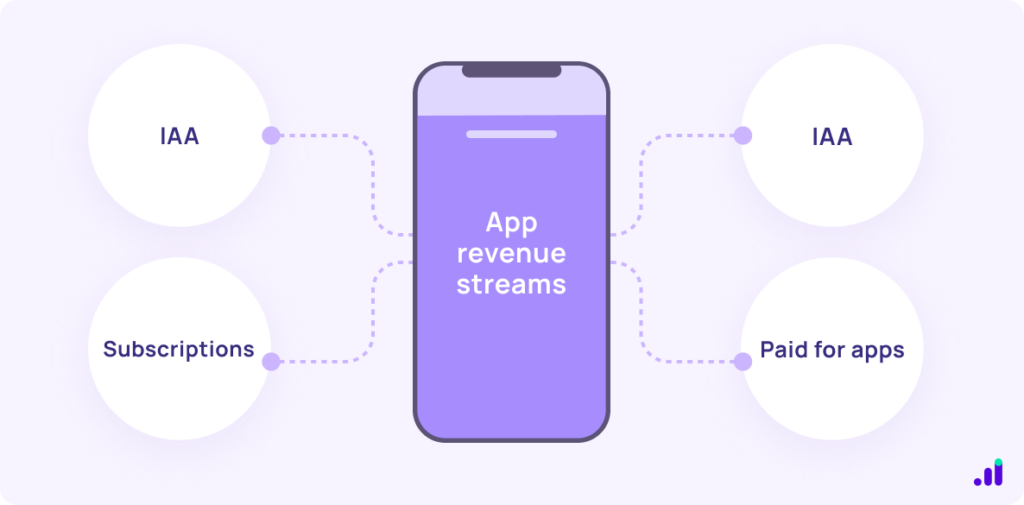
Getting Accurate Cost Data
Now that you know how the money comes in, it’s time to discuss how it goes out. Two issues here include:
- Lack of standardization: Each cost source or network has its own metrics. For instance, Facebook might have page likes, while Snapchat might have swipe-ups.
- Data Fragmentation: Apple’s SKAd Network (SKAN) campaign made it challenging to consolidate data. One example is that Snapchat reports cost at the country and campaign levels for SKAN campaigns but reports ad set, campaign, and ad for non-SKAN campaigns, causing a disparity.
Because of the above reasons, cost data can be inaccurate and mislead marketers.
Overcoming the Challenges of Measuring Accurate ROI
Considering that you’re likely working with a variety of ad networks, each with its unique data scheme, business model, data refresh rate, etc., the first step to gaining any insight into your marketing initiatives is data standardization.
To do this, ascertain which data fields are common to your networks and offer a reliable solution to every possible use case. After this, align everything with the new standard. We recommend you onboard an attribution platform for this to automate network integrations, data integrity issues, and data monitoring while streamlining your data management.
Other steps to take include:
- Integrate an API with the network: Leveraging APIs keeps your data accurate and updated and allows all changes to be visible retrospectively through ‘backfill’. Further, an API will also support all business models (CPA, CPM, etc.) and offer almost instant updates. However, since they’re connecting with multiple ad networks, connections can fail in case one partner’s API malfunctions. For this, consider integrating a monitoring mechanism that helps you identify and act on these issues.
- Ingestion for the Complete Cost Picture: This allows you to upload your ad spend data from any source, even those that might not have an existing API integration. The attribution provider will then standardize it and incorporate it to facilitate true ROI calculation.
- Click, as a last resort: If an API is unavailable, the cost is passed on the attribution link through the click data.
- Have Complete Control Over Data Management: Be sure to have complete and unequivocal control over your data irrespective of how its sourced.
Maximize Your True ROI with EasyInsights
EasyInsights is an advanced no-code marketing data activation platform that facilitates accurate attribution and conversion tracking across platforms like Meta, Google Ads, and GA4 to help you drive your ROI and Return on Ad Spend (ROAS) by at least 20%.
It helps you do everything from data collection and transformation to data activation under one roof, making it every marketer’s preferred tool. It allows you to dive deep into your app marketing metrics to uncover data-backed strategies that optimize your marketing initiatives and ROAS.
So, welcome a new era of marketing campaigns with EasyInsights. Book a demo today to see for yourself!



